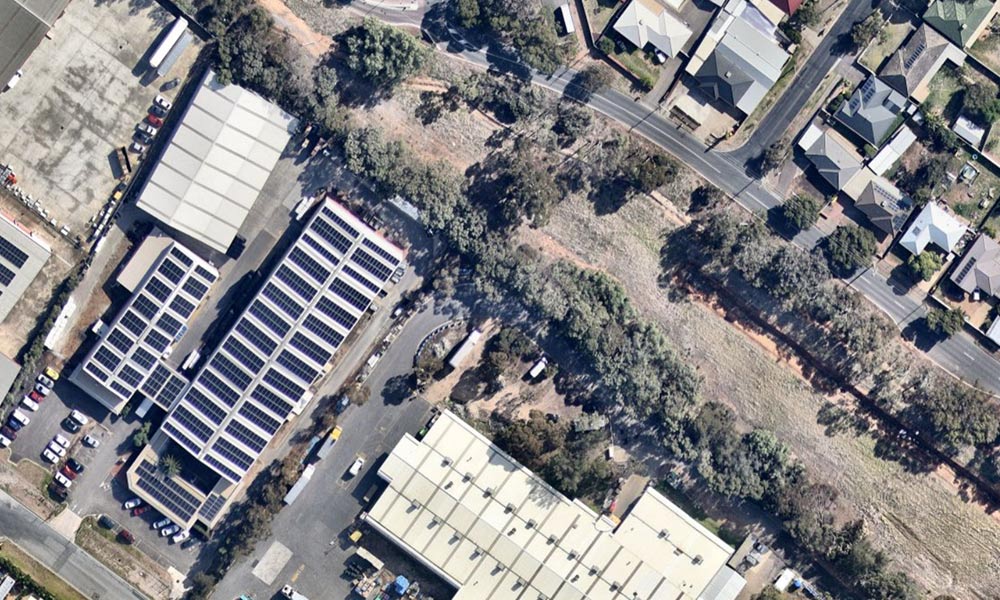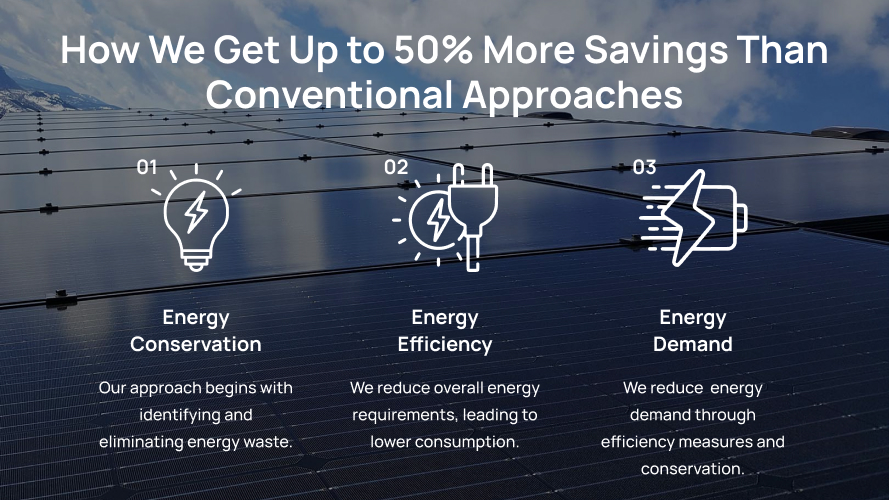Trusted by
High Quality 200kW Solar Systems
Work towards cutting expenses and boosting profits with a high-quality 200kW solar system that lasts for decades.
With Sustainable Savings you can generate clean electricity, reduce your carbon footprint, and enjoy significant savings on your energy bills.
Our expert team tailors each installation to your specific needs, ensuring maximum efficiency and long-term reliability. Whether for commercial or industrial use, our 200kW solar systems are designed to seamlessly integrate with your operations. Are you ready to join the renewable energy revolution and contribute to a greener future?
Learn more about our cutting-edge solar solutions, Large-Scale Generation Certficates (LGCs), or claim your obligation-free quote by calling (08) 7120 6366 today.
What Are The Best Types Of 200kW Solar Systems?
The best types generally include grid-tied systems with high-efficiency panels and advanced inverters.
Monocrystalline or polycrystalline panels are popular choices due to their proven efficiency and reliability. To maximise space utilisation, rooftop installations are common for commercial and industrial setups. Additionally, considering SA’s weather conditions, opting for panels with good temperature coefficients and durability against extreme heat is advisable.
String inverters or microinverters, depending on the setup, can enhance energy production and system flexibility. To determine the best type, consult with one of our local solar experts who can help tailor the system to your specific requirements and site conditions.
What Factors Affect 200kW Solar System Cost?
The cost in South Australia can vary based on several factors. Actual costs depend on factors such as the type and quality of panels, inverters used, installation complexity, additional equipment, and labour costs.
Here are the key factors that can affect the cost:
1. Solar Panel Type: The type of panels you choose (e.g., monocrystalline, polycrystalline, thin-film) can impact the cost. High-efficiency panels may cost more upfront but could provide better long-term performance.
2. Inverter Type and Quantity: The type and number of inverters used with the system can affect the cost. High-quality inverters may come at a higher price but can offer better performance and durability. A 200kW system may require multiple inverters.
3. Panel Efficiency: More efficient panels can generate more electricity in less space, potentially reducing the number of panels needed but increasing the initial cost.
4. Quality and Brand: Reputable manufacturers may charge higher prices for their products, but they often come with better warranties and long-term reliability.
5. Installation Costs: Labor costs for installation, including permits, labor, and equipment, are a significant portion of the total cost. Large-scale installations may have economies of scale but can still be complex and require specialized labor.
6. Location and Site-specific Factors: Site-specific factors, such as roof condition, shading, roof orientation, and local weather patterns, can impact the installation process and costs. A site assessment may be necessary to determine the feasibility of the installation.
7. Government Incentives: Government incentives, rebates, and subsidies can significantly reduce the cost of solar systems. Check for available incentives at the state and federal levels, as they can change over time.
8. Financing Options: The financing method you choose (e.g., upfront purchase, solar lease, power purchase agreement) can influence the cost structure and overall financial implications of the system.
9. Electricity Tariffs: The current cost of electricity from the grid and the specific feed-in tariffs or net metering arrangements in Adelaide can affect the financial benefits of the solar system.
10. Local Regulations and Permitting: Complying with local regulations, securing permits, and meeting safety standards can add to the cost and time required for installation.
For the most accurate quote tailored to your needs, reach out on (08) 7120 6366 to learn more.

200kW Solar System Benefits
Cost Savings: Generate your own electricity from sunlight, reducing your reliance on traditional energy sources and lowering energy bills significantly over the long term.
Environmental Impact: Contribute to a greener future by reducing carbon emissions and dependence on fossil fuels, thereby helping combat climate change and air pollution.
Return on Investment: Despite the initial investment, they offer attractive returns through energy savings, potential revenue from excess power fed back into the grid, and potential government incentives.
Stable Energy Costs: Shield yourself from fluctuating electricity prices by producing your own power at a predictable cost.
Low Maintenance: Solar systems have minimal moving parts, resulting in low maintenance requirements and costs.
Government Incentives: Depending on the current policies, you might be eligible for incentives, grants, or tax benefits, which can significantly reduce the upfront cost.
Enhanced Brand Image: Embrace sustainability and showcase your commitment to the environment, potentially attracting environmentally conscious customers and partners.
Longevity: Solar panels have a long lifespan, often exceeding 25 years, providing decades of clean energy and financial benefits.
Energy Independence: Generate your electricity on-site, reducing reliance on the grid and potential energy supply disruptions.
Community Contribution: By adopting solar energy, you contribute to a larger movement towards renewable energy adoption, inspiring others to follow suit.
Increased Property Value: Commercial properties with solar installations can have higher market value and appeal, thanks to reduced operational costs and increased sustainability.
What Is The Installation Process For 200kW Solar Systems?












